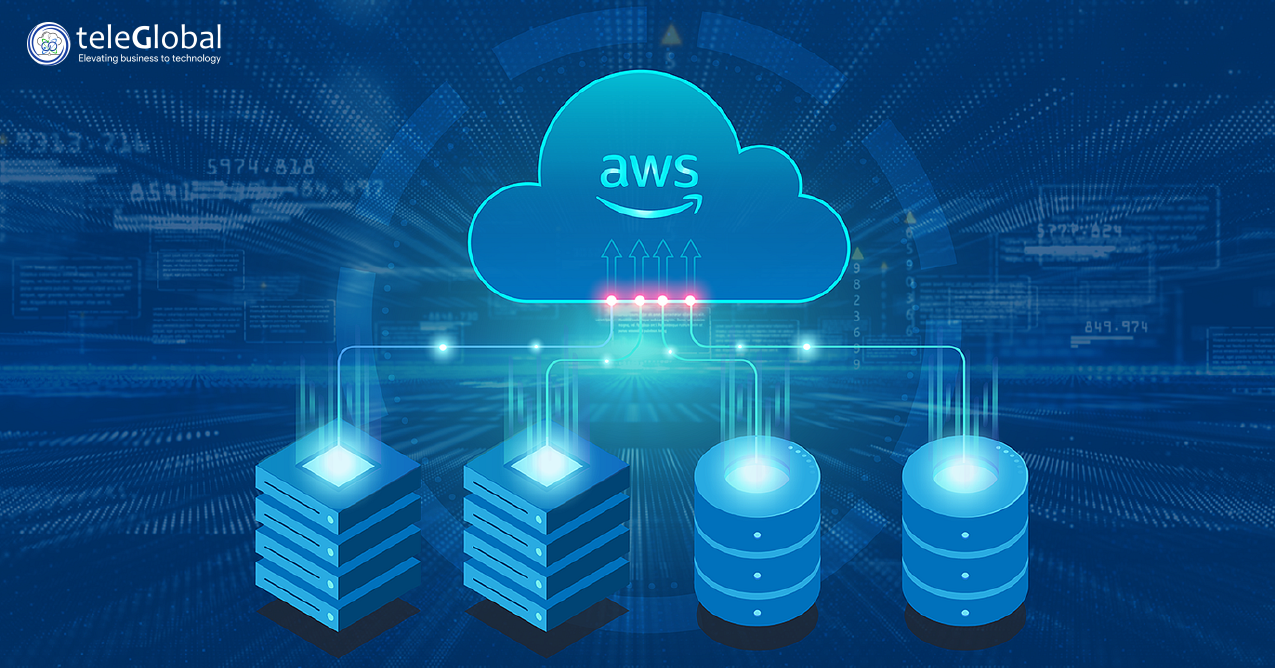
| Author: Ashish Kumar | Published: 14-Jan-2024 |
If you’re building or running an app in the cloud, storage isn’t just a technical detail, it affects every part of your app’s performance, reliability, and cost.
AWS gives you plenty of storage options. Each has its place. It’s not about using one tool for everything, it’s about choosing the right one for the job.
Let’s step through what AWS offers and help you figure out what fits your needs best.
Picture launching your app and suddenly getting a spike in traffic. If your storage isn’t designed for that, your app slows or crashes. On the other hand, what if you’re paying premium prices to store old logs you hardly ever touch? That’s wasted money.
We’ve seen teams burn money because they didn’t match their storage to their apps. But a little planning up front can fix that and help your app run both faster and cheaper.
Here’s a simple guide to the main AWS storage services:

Use aws s3 service for files you need anytime. It handles large amounts of data, keeps things safe, and grows with your needs. Great for storing media, backups, and building data lakes. You can even move old files to cheaper storage tiers automatically.
You want your app or database to stay quick and consistent? Go with EBS. It acts like a hard drive attached to your cloud server. You pick the speed and size you need, your software gets a fast, reliable drive underneath.
When multiple servers or developers need access to the same files, EFS is the best choice. It behaves like a shared folder that expands as needed. And yes, it works alongside your own office servers too, aws storage services can be directly used with on premises systems.
Need to keep data for the long haul but don’t use it often? Glacier stores it for a tiny cost, just remember it takes time to pull data out when you need it. Ideal for logs, backups, compliance files.
| Feature | Amazon S3 | Amazon EBS | Amazon EFS | Amazon Glacier |
|---|---|---|---|---|
| Storage Type | Object Storage | Block Storage | File Storage | Archive Storage |
| Primary Use Case | Data lakes, backups, static content, application data | OS disks, databases, transactional workloads | Shared file systems, microservices, content management | Long-term archival & compliance |
| Attached To | Not attached to EC2 | Attached to a single EC2 (within AZ) | Accessible by multiple EC2 instances | Not attached (retrieval-based) |
| Scalability | Virtually unlimited | Limited by volume size | Automatically scales | Unlimited |
| Performance | High throughput, not low-latency | Low-latency, high IOPS | Scales with usage | Retrieval-based, not real-time |
| Access Method | API / HTTP | Block-level (like a hard disk) | File system (NFS) | Retrieval request |
| Multi-Instance Access | Yes | No | Yes | No |
| Durability | 99.999999999% (11 9’s) | Highly durable within AZ | Highly durable | Extremely durable |
| Cost | Low to medium | Higher (performance-based) | Medium | Very low |
| Data Retrieval Time | Instant | Instant | Instant | Minutes to hours |
| Best For | Most cloud-native workloads | Performance-critical apps | Shared workloads | Cold data, compliance archives |
Here’s a simple guide to match your storage with what your application needs:
Choose well and your app will perform better without unnecessary costs.
Here are practical steps we recommend to teams:
We helped one company save tens of thousands a year by making these simple changes.
Storage isn’t just a tech checkbox, it’s a business decision. Choose poorly, and you risk slow apps, expensive bills, or worse. Planning the right storage is something you should do early in your architecture, not as an afterthought.
There’s no universal best choice in AWS storage. What works for one app won’t work for another. Aws s3 service, EBS, EFS, Glacier, they each serve different needs. Use the right one and your app performs better, stays reliable, and costs less.
We at Teleglobal help organizations choose smart storage strategies every single day. Whether you’re starting fresh or optimizing an existing setup, we’re here to help you get it right.
They’re AWS’s cloud storage options, from file storage to slow archive storage. Picking the right one can boost performance and cut costs.
Within the same AWS region, transfers are usually free. But moving data across regions or out of AWS may cost more. Plan ahead.
Use S3 for storing files like media and backups. EBS is for fast, drive-like access in apps. EFS works when you need shared file access across servers.
Yes. Services like RDS use EBS to store data. Your storage choice directly affects your database’s speed and reliability.
 close
close

Hi there! At TeleGlobal, we turn your cloud vision into AI-accelerated reality. What challenge can we help you solve?
Powered by ![]() teleBot
teleBot